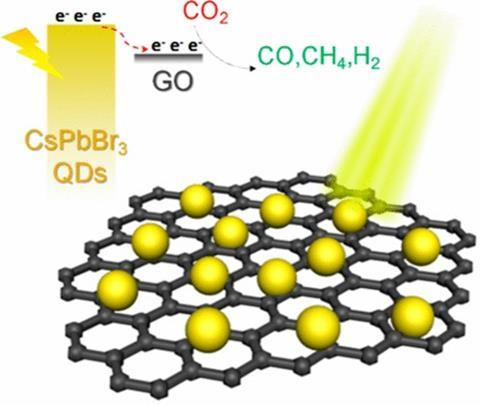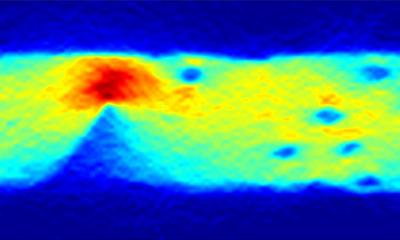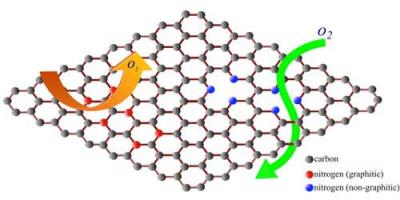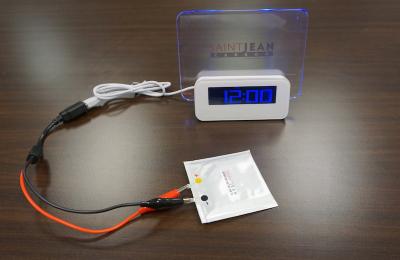Researchers discover a magnetic 2D material
Researchers from the Lawrence Berkeley National Laboratory discovered the world's first magnetic 2D material - chromium germanium telluride (CGT). It was debatable whether magnetism could survive in such thin materials - and this discovery could pave the way to extremely thin spintronics devices.
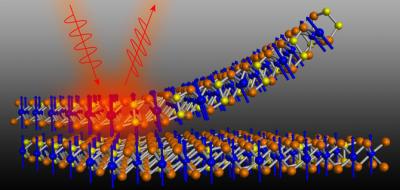
The CGT flakes were produced using the scotch-tape method - the same one used to produce graphene for the first time in Manchester in 2004.

